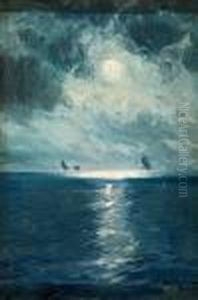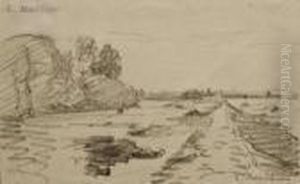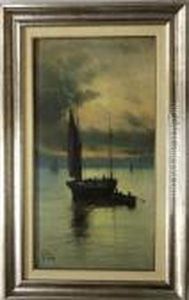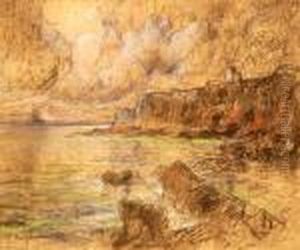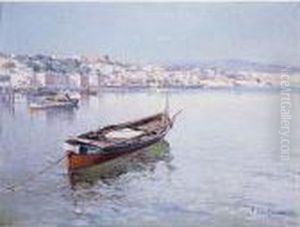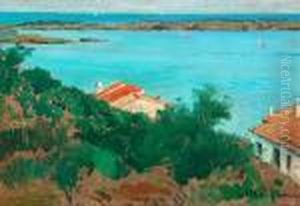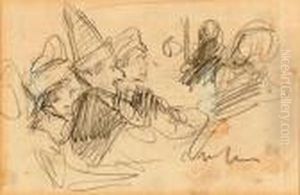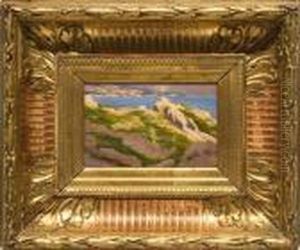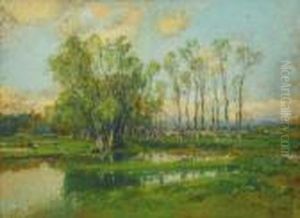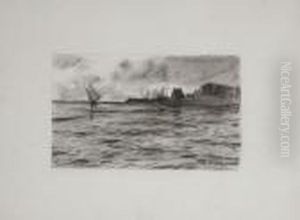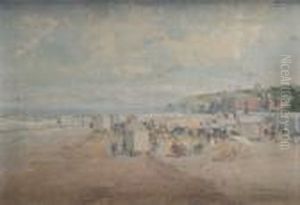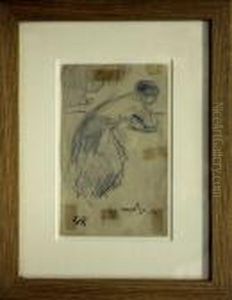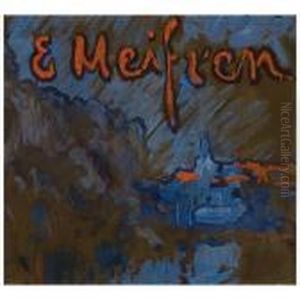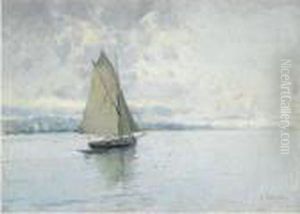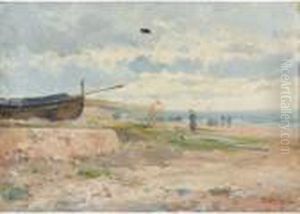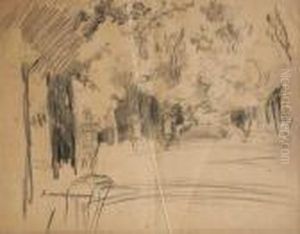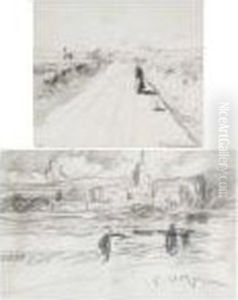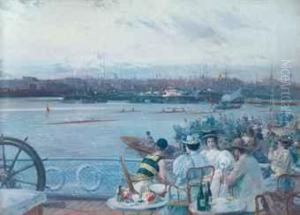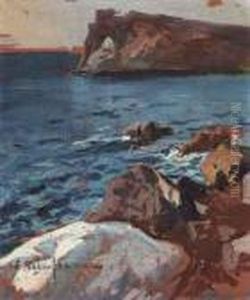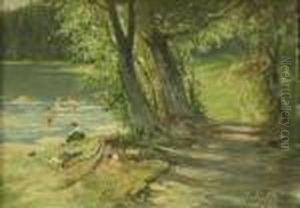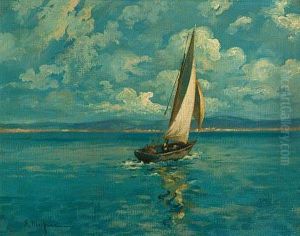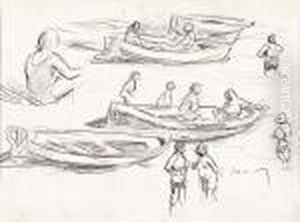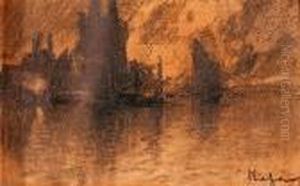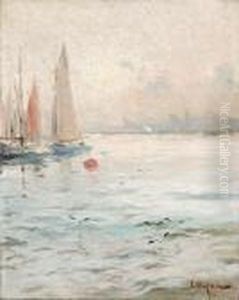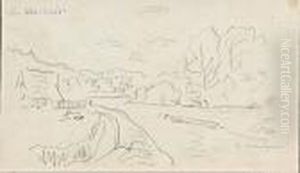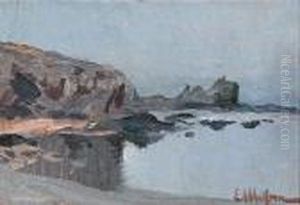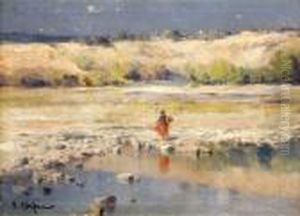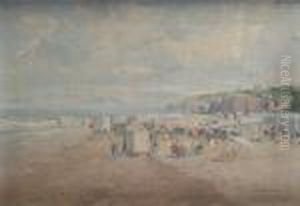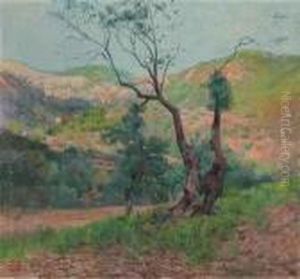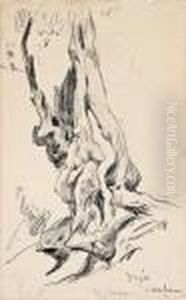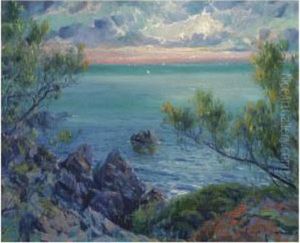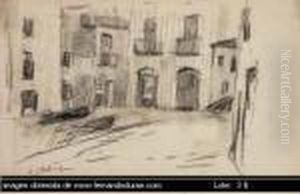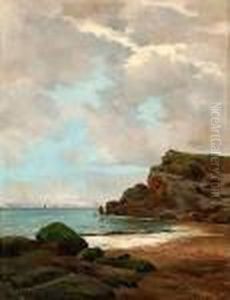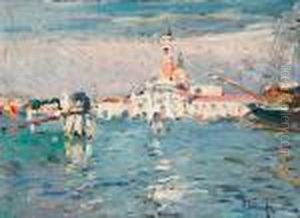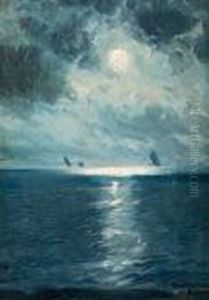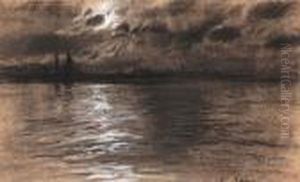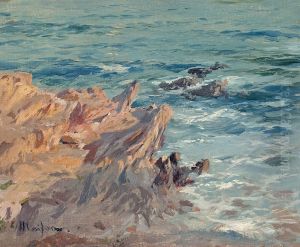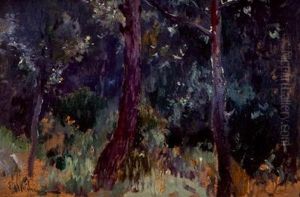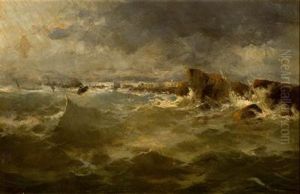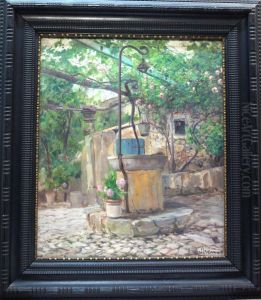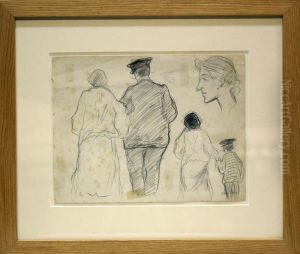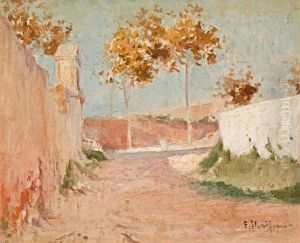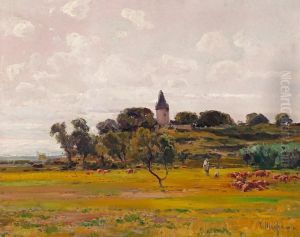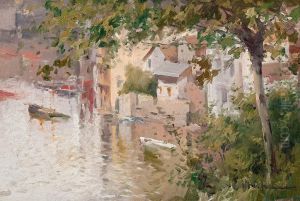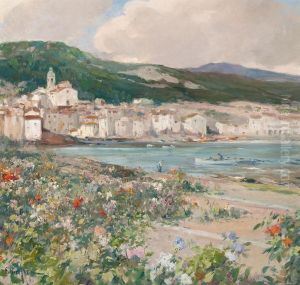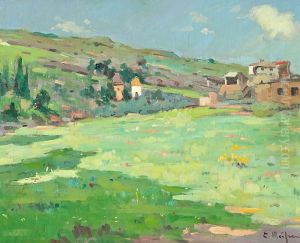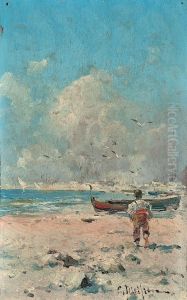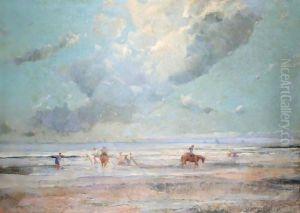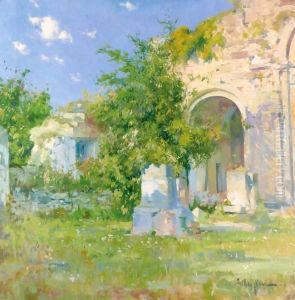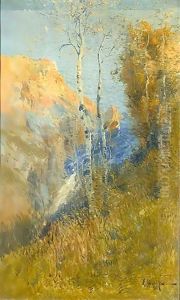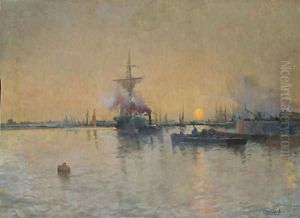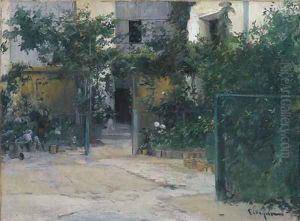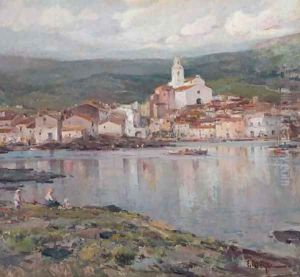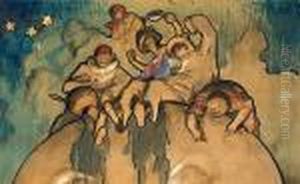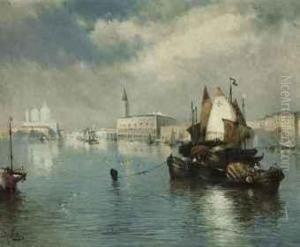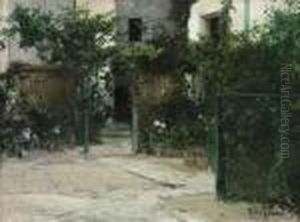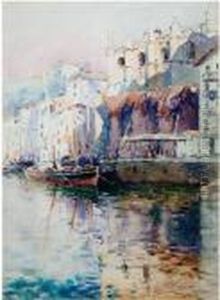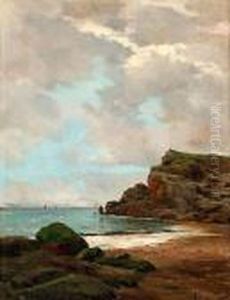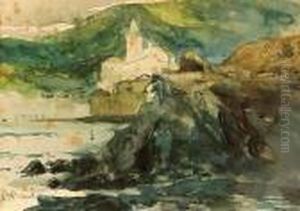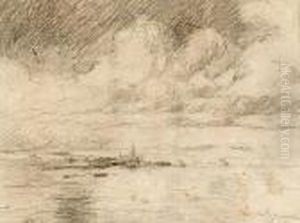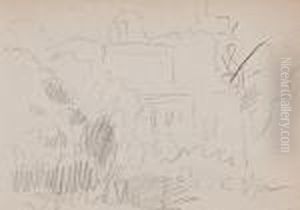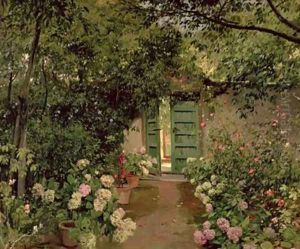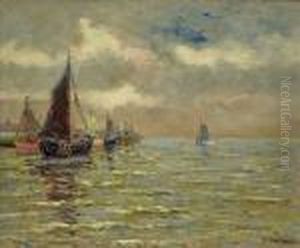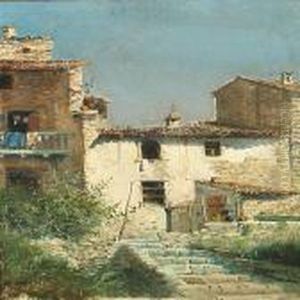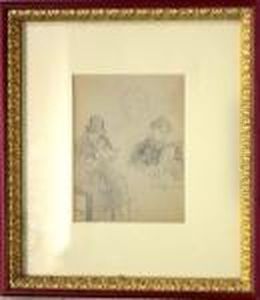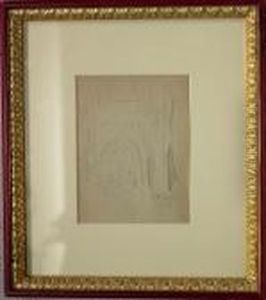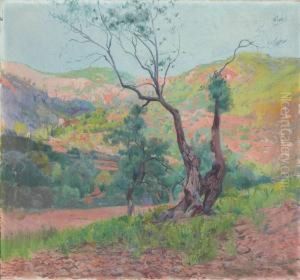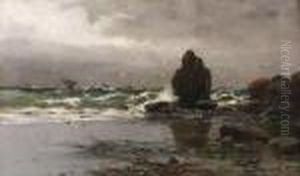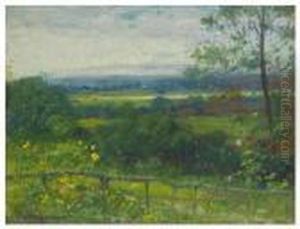Eliseu Meifren i Roig Paintings
Eliseu Meifren i Roig was a prominent Catalan Spanish painter known for his impressionist landscapes and marines. Born on February 15, 1859, in Barcelona, Meifren i Roig showed an early inclination towards the arts. He initially trained at the School of Fine Arts (La Llotja) in Barcelona where he was a student of Antonio Caba and Martí Alsina. His early work was influenced by the prevailing academic styles of his teachers, but he soon developed his own distinct approach to painting.
In the 1880s, Meifren i Roig's career took a significant turn after he traveled to Paris, which was then the epicenter of the art world. There, he was exposed to the latest avant-garde movements, including Impressionism, which would have a lasting impact on his style. He adopted the Impressionists' fascination with light and color, which became a hallmark of his work. The artist was particularly adept at capturing the atmospheric and ephemeral qualities of different times of day and seasons, which he expressed through a vibrant palette and fluid brushwork.
Meifren i Roig's travels through Europe and North Africa, as well as his visits to coastal areas of Spain, provided ample subjects for his canvases. He became known for his ability to depict the sea and coastal landscapes with a dynamic sense of movement and light. His work was well received, and he participated in numerous exhibitions, both in Spain and abroad. Meifren i Roig was awarded medals in several international expositions, such as those in Madrid (1881, 1892), Munich (1883), and Chicago (1893).
In addition to his painting, Meifren i Roig was also an educator, teaching at the School of Fine Arts in Barcelona. He played a role in nurturing the next generation of Catalan artists. His influence extended through his students and through the exhibitions in which he participated. Meifren i Roig's later years were marked by a steady output of work and recognition, being honored with exhibitions dedicated to his career.
Eliseu Meifren i Roig passed away on July 5, 1940, in Barcelona. His legacy lies in his contribution to the development of Impressionism in Spain and his role in Catalan art history. Today, his works can be found in various museums and private collections, recognized for their luminous quality and the artist's unique interpretation of light and color.
